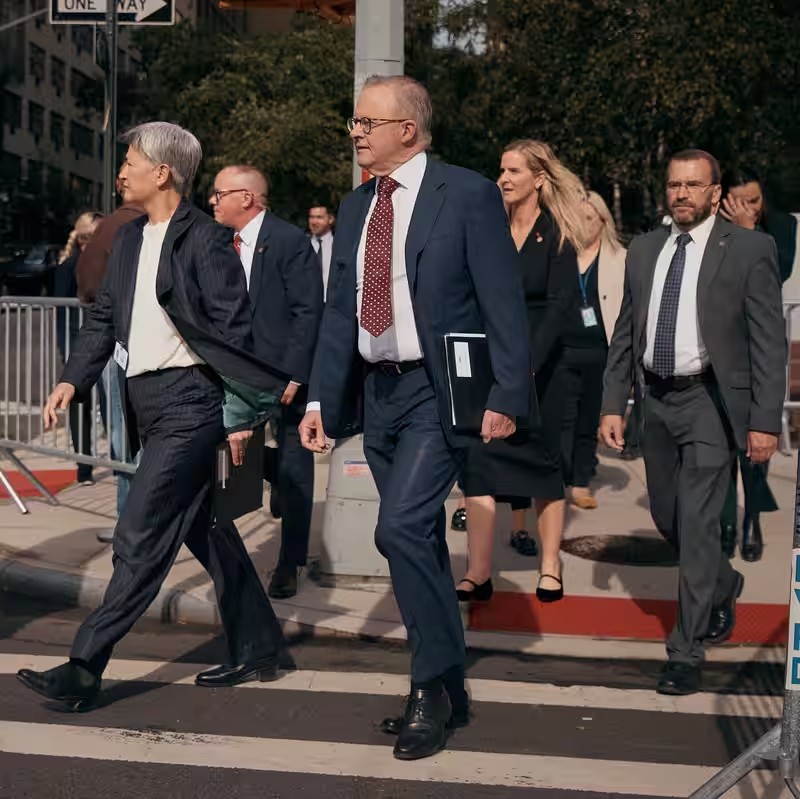Rare earths are the invisible backbone of modern technology, powering everything from smartphones and electric vehicles to advanced military systems. For decades, China has dominated this critical supply chain. But a seismic shift is underway, and Australia is stepping into the spotlight as the United States’ most promising alternative.
Table of Contents
- China’s Strategic Crackdown on Rare Earths
- Australia’s Golden Opportunity
- Lynas: The Key Player in Australia’s Rare Earths Play
- The U.S.-Australia Alliance: A New Minerals Pact?
- Challenges on the Road to Dominance
- Sources
China’s Strategic Crackdown on Rare Earths
In a move that has sent shockwaves through global markets, China has dramatically escalated its control over rare earth elements. On October 9, 2025, Beijing implemented its most comprehensive export restrictions to date, covering 12 of the 17 critical rare earths . This is not a new tactic; it’s a strategic escalation that began with targeted restrictions in April 2025 . These controls are widely seen as a direct response to U.S. trade policies, effectively using its mineral dominance as a geopolitical weapon .
Australia’s Golden Opportunity
This crisis for the U.S. is a massive opportunity for Australia. As a long-standing and trusted ally, Australia is uniquely positioned to fill the void left by China’s export curbs. The timing is critical, coinciding with a U.S. administration that is aggressively pursuing a transactional foreign policy focused on securing domestic supply chains . Australian rare earths companies are already trading at record levels, sensing the historic moment .
Lynas: The Key Player in Australia’s Rare Earths Play
At the heart of Australia’s rare earths strategy is Lynas Rare Earths. The company operates the Mt Weld mine in Western Australia, which is acknowledged as one of the world’s premier rare earths deposits and is the second-largest source of rare earth production globally [[14], [17]].
For years, Lynas shipped its concentrate to a processing facility in Malaysia. However, in a major strategic shift, the company opened Australia’s first rare earths processing facility in Kalgoorlie in late 2024 . This $575 million facility is a game-changer, allowing for the full production cycle—from mine to finished product—to occur on Australian soil, making it a far more attractive and secure partner for the U.S. .
Rare Earths Production: Australia vs. China (Estimated)
| Country | Annual Production (Metric Tons) | Global Market Share | Key Strengths |
|---|---|---|---|
| China | ~240,000 | ~60-70% | Established infrastructure, full processing chain |
| Australia | ~12,000 | ~5-10% | High-grade deposits, political stability, U.S. ally |
The U.S.-Australia Alliance: A New Minerals Pact?
The political will to forge a new alliance is strong. Australian Prime Minister Anthony Albanese is actively pitching his nation’s vast resource holdings as the solution to America’s rare earths dilemma in high-level meetings with U.S. leadership [[11], [13]]. The U.S. is proposing a comprehensive 6-point critical minerals strategy that includes forging a “Global Rare Earth Alliance” with trusted partners like Australia . This isn’t just about business; it’s about national security and reducing a dangerous strategic dependency.
Challenges on the Road to Dominance
Despite the immense opportunity, Australia’s path is not without obstacles. Its current production capacity is a fraction of China’s. Building out the necessary mining, processing, and refining infrastructure to compete at scale will require massive investment and time. There are also environmental and social considerations that must be carefully managed to ensure sustainable development . While Australia is a reliable partner, it cannot single-handedly replace China overnight. A diversified global supply chain involving multiple allies will be the ultimate goal.




